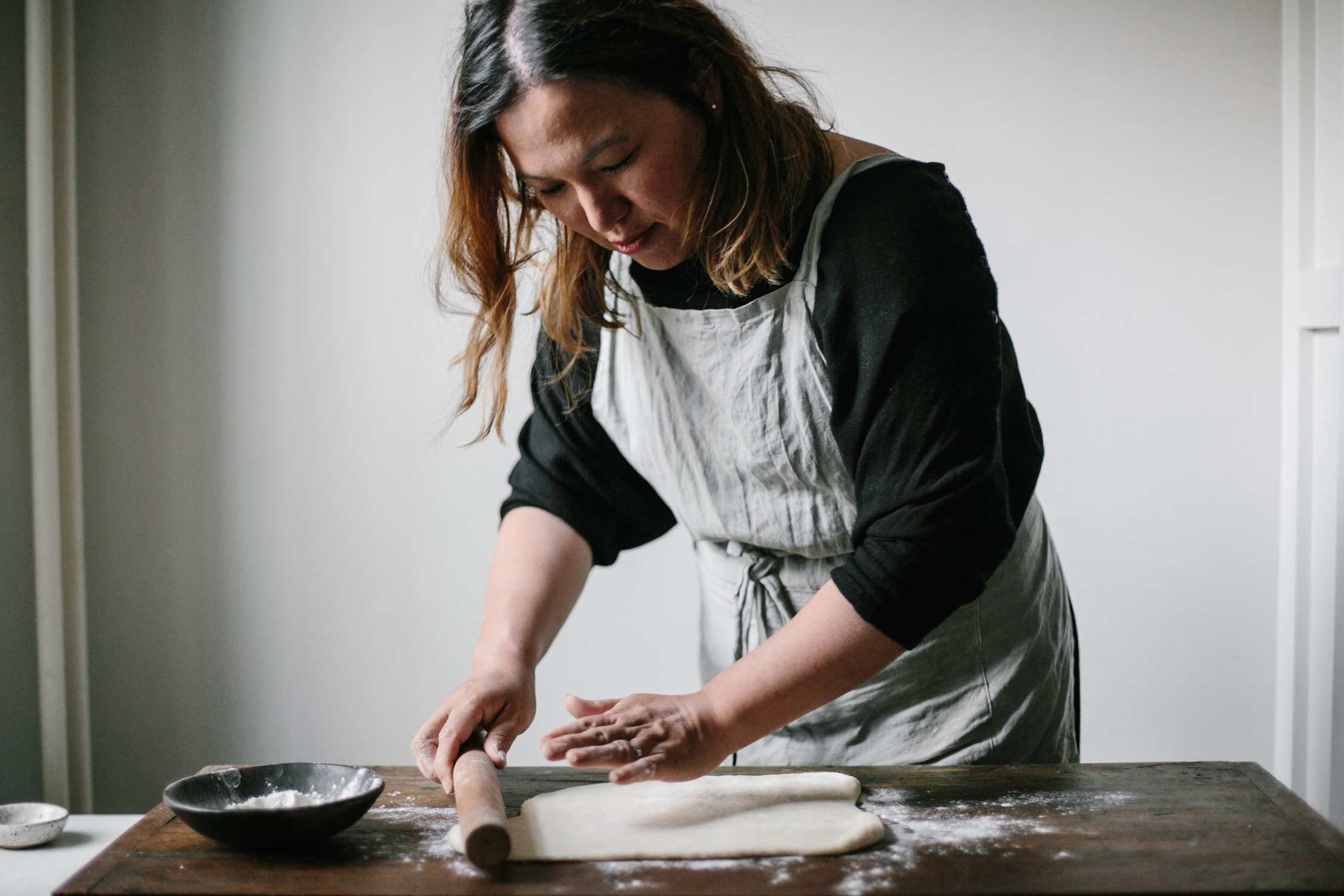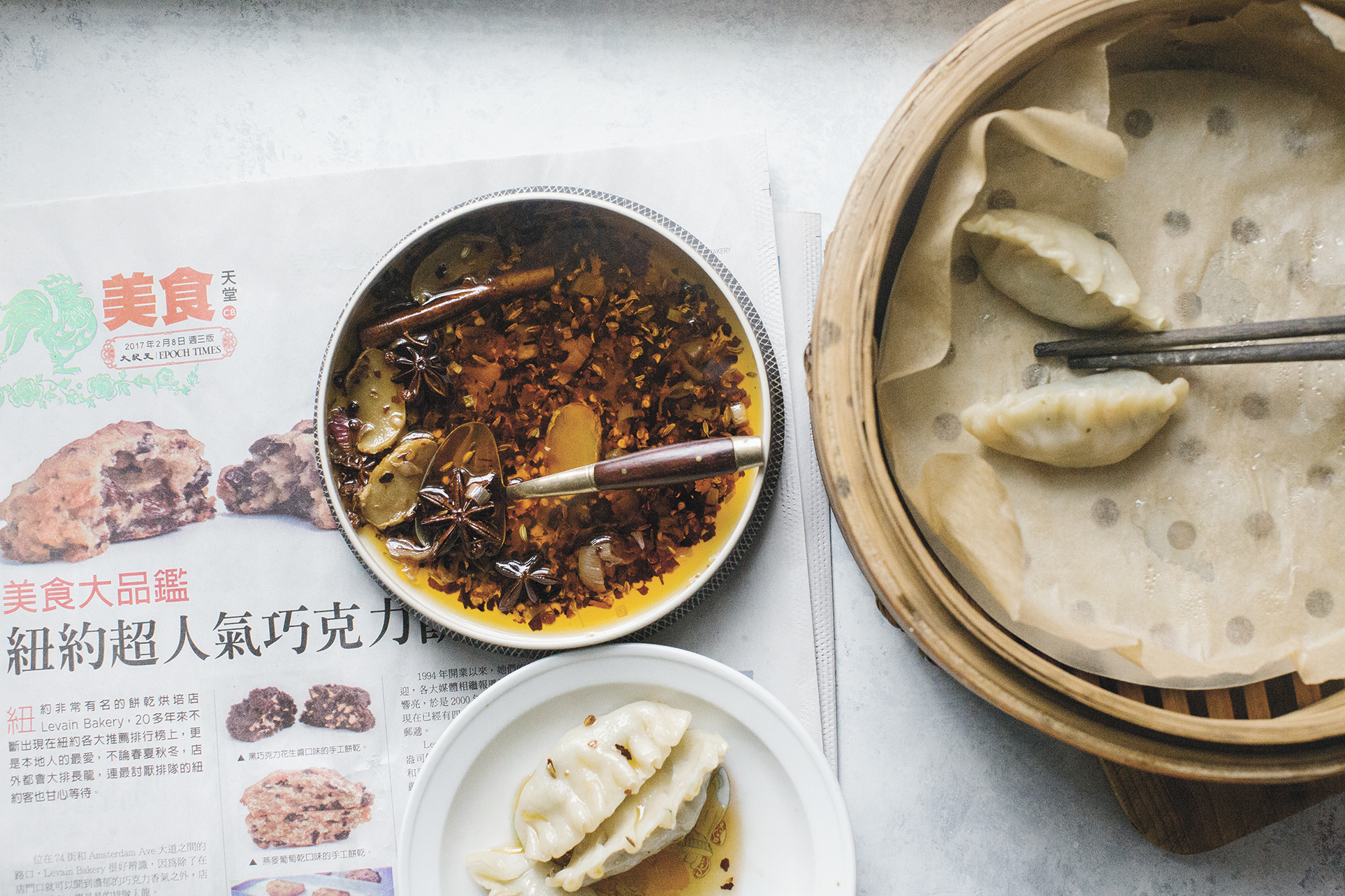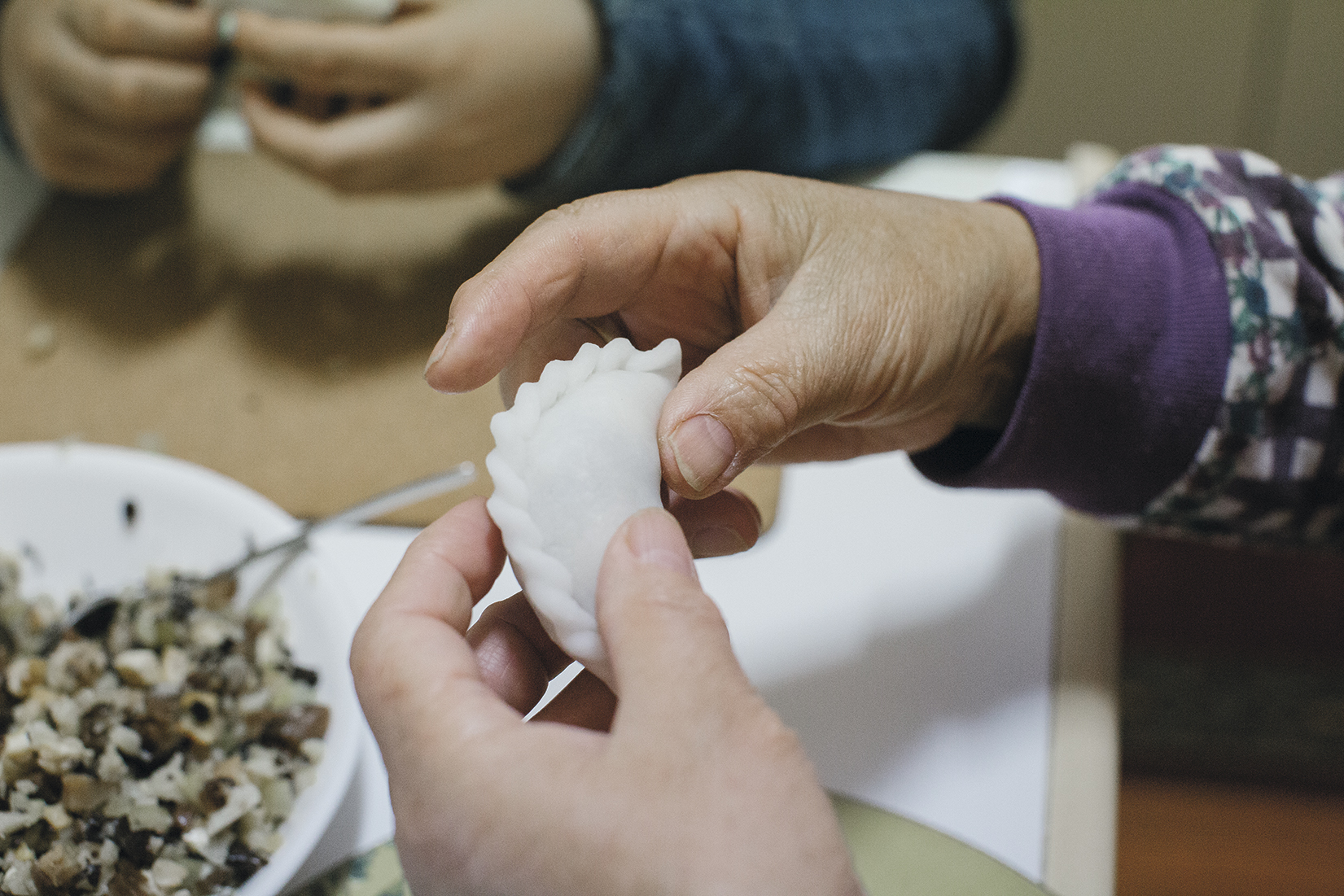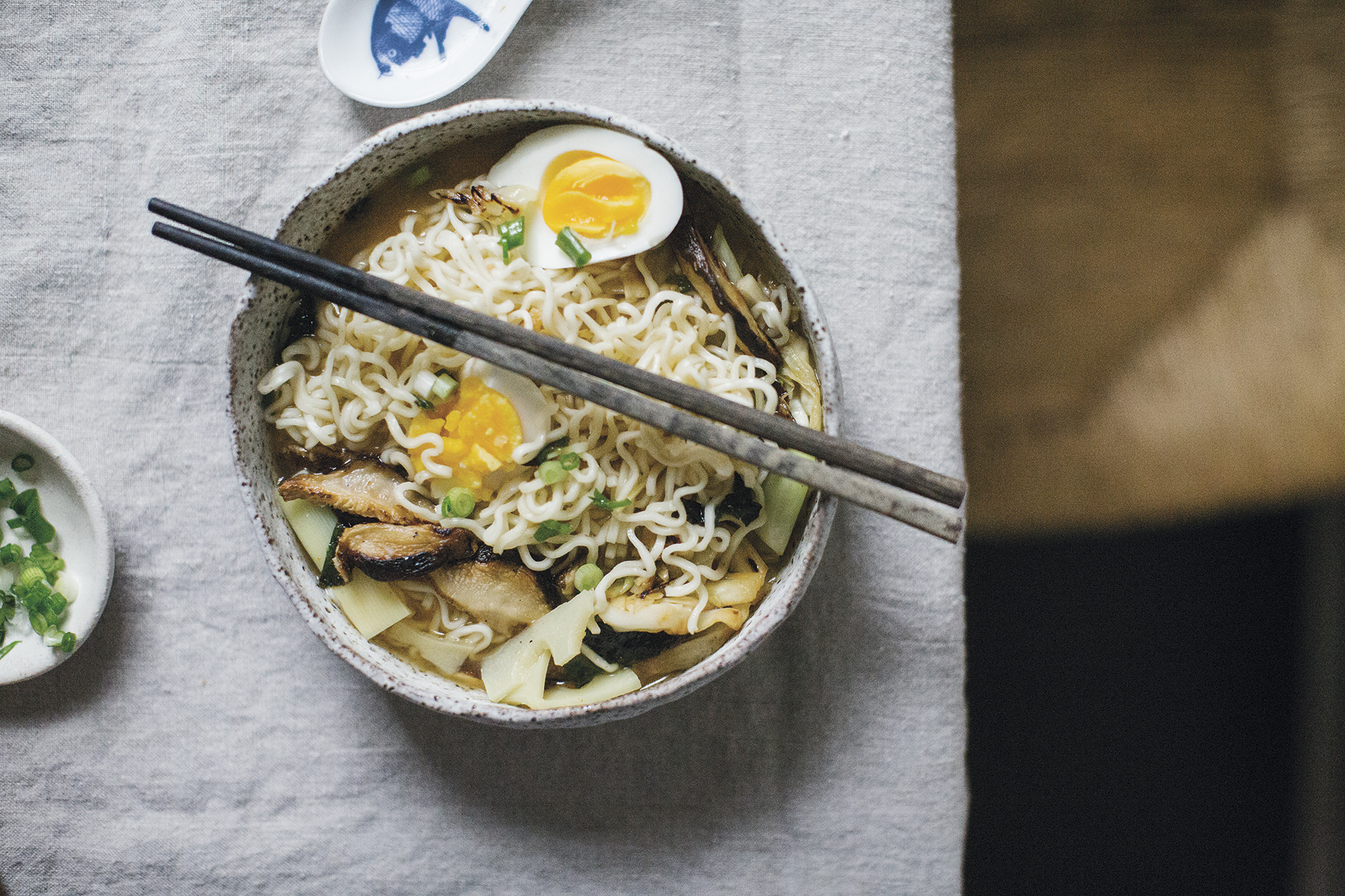5 Questions: Hetty McKinnon
by Robert Wood.
Hetty McKinnon, author of cookbooks Community and Neighborhood, and owner of Arthur Street Kitchen, talks to Robert Wood about editing and creating Peddler, her recipe-driven journal documenting the in-between moments of food.




How did you come to start Peddler and what is it about?
I started Peddler as a way for me to pursue a different style of food and recipe writing. For a while now, I’ve been interested in the quieter aspects of food and the food stories which are not glamourous, but which are hard-working, humble and modest. Honestly, I don’t feel like food media right now has room for stories that are not flashy or hyped. Stories, particularly in America, are always about the ‘next big thing’ or the latest fad. Peddler is not interested in any of these things. It is about the small moments in food, the memories, traditions or rituals that really mould us as people.
Peddler celebrates the ‘in-between’ moments of food. The small memories that come from cooking and sharing food with another person. It celebrates the ‘multi-cultures’ that food brings into our lives.
The first issue is titled ‘Chinatown’ and has a global perspective on what that means. This includes dishes from a number of different cuisines and contributors located in many cities around the world. Can you talk to us about place, including your own journey to be where you are now?
Where ever I am in the world, home provides me with a sense of place. Home encompasses my family, my neighbours, my friends and my neighbourhood. Establishing ties, in a new or old place, usually happens over a plate of food, or standing around the kitchen island or sitting at the dining table. As we move through life and the world, food is an anchor which roots us to our identity, and our sense of self and place.
Over my years as an expat—we lived in London for four years, before moving back to Sydney, and then to New York—Chinatown has proven to be my safe place, my one constant, no matter which I am in the world. In New York, it is where I retreat when I’m feeling homesick. When I want to experience a meal or dish, or simply a feeling, from childhood, I go and wander the streets of Chinatown to see, smell, hear and taste the familiar sounds of my youth. This familiarity gives me a sense of place, and strengthens my sense of identity.
In the magazine, a number of contributors talk about the role of family, especially mothers, who are critical, loving and engaged. How does family influence your own food?
Family is the very reason I cook and create. For me, I came to food relatively late, in my thirties. I had spent many years working in public relations, but after having kids, I felt another purpose calling me. I started to cook elaborate dinners for my family, using different flavours and techniques, predominantly using my favourite cookbooks as a point of reference (Ottolenghi and Moro cookbooks were constant inspiration during those days).
As I cooked, and taught myself about global flavours and textures, I found a connection that was deeper than anything I’d experienced. Really, there is nothing like cooking for others. When I launched Arthur Street Kitchen in Sydney, my mum was my unofficial sous chef, which is hilarious since she is a way better cook than me. But she came every week, and would help me chop and wash dishes, while also cooking us dinner and folding my clothes. We would chat and she would give me advice (often unwanted) about how to prepare food, particularly Chinese ingredients. That time in the kitchen was when I felt closest to my mum. It really cemented our bond and sparked my interest in preparing Chinese dishes. It is also the reason I have so many Asian salads in my books—she really inspired many of those recipes.
Now, I cook with zeal for my own family. One, because I want them to love food, in all its forms, flavours, colours, textures and cultures. But it is also a way to establish our own family traditions, and to create precious memories around the table. Food is known to be one of the most powerful trigger of memories.
Peddler is beautifully designed and photographed. How do other arts like this matter to your thinking cooking and story-telling?
For me, as a person with a background in writing and communication, recipes have become the way I tell stories. So, when I think of a concept, whether that be a recipe, a magazine, a book, even a social media post, I am always thinking about how it looks, and how the photo or printed matter makes a person feel. Every item I produce must tell a story. That is very important to me. My food is not about being modern or current or faddish, it is about story-telling.
With Peddler, you will notice that the photography and design is very pared back and restrained. That restraint was very important to us. I did most of the photography, with some contributions, and it was designed by Shirley Cai, my Art Director. I really wanted a lot of white space, muted colours, romantic photography. In an era where food photography is all about styling and props, we used no props. Peddler was designed to convey a sense of calm. I like to say, reading Peddler is like closing your eyes and taking a breath.
What can we expect to see in future issues of Peddler?
As an independent magazine, Peddler is a work in progress and to a degree, will grow and evolve along with me, my team and my readers. The second issue is themed Childhood, and is a look at the foods and memories that made us happy as children.
Future issues will bounce between cultures, feelings, places and ingredients. There is no set path, but a constantly evolving journey, peddling recipes and stories inspired by life, time and place.
Photographs by Shirley Cai & Hetty McKinnon.
